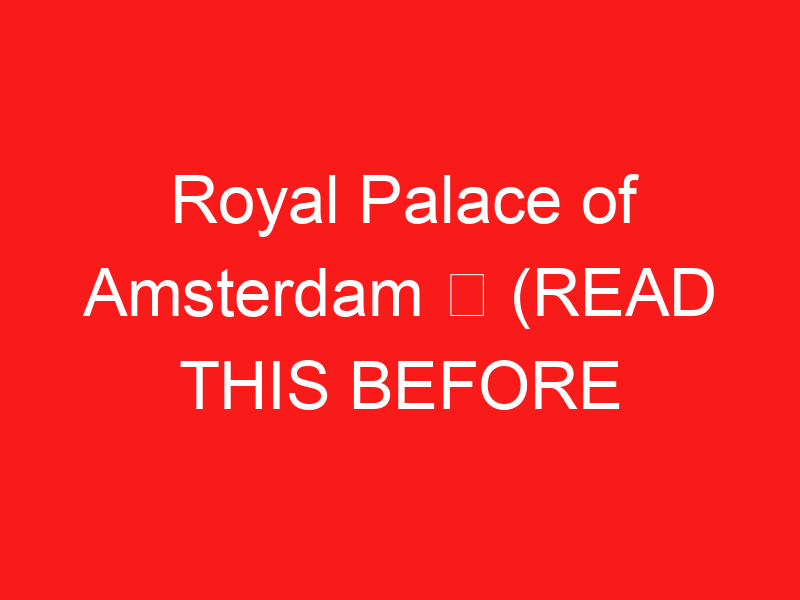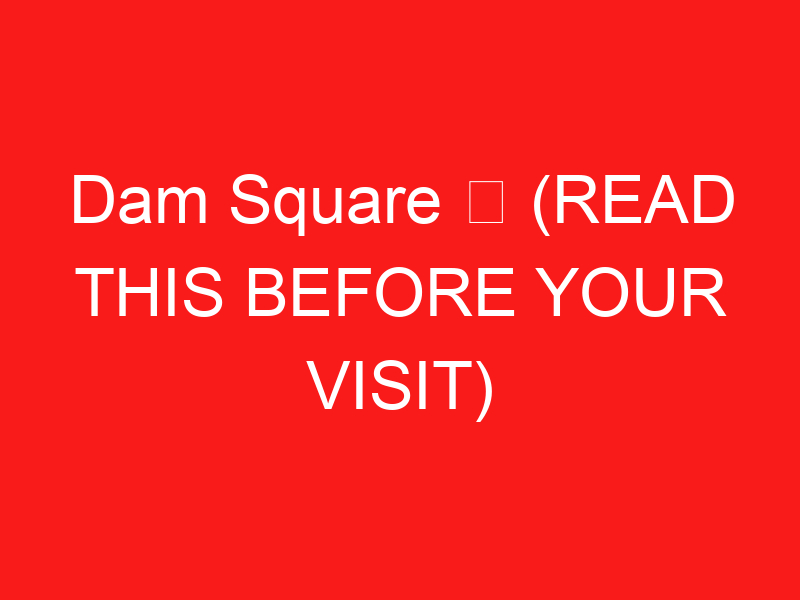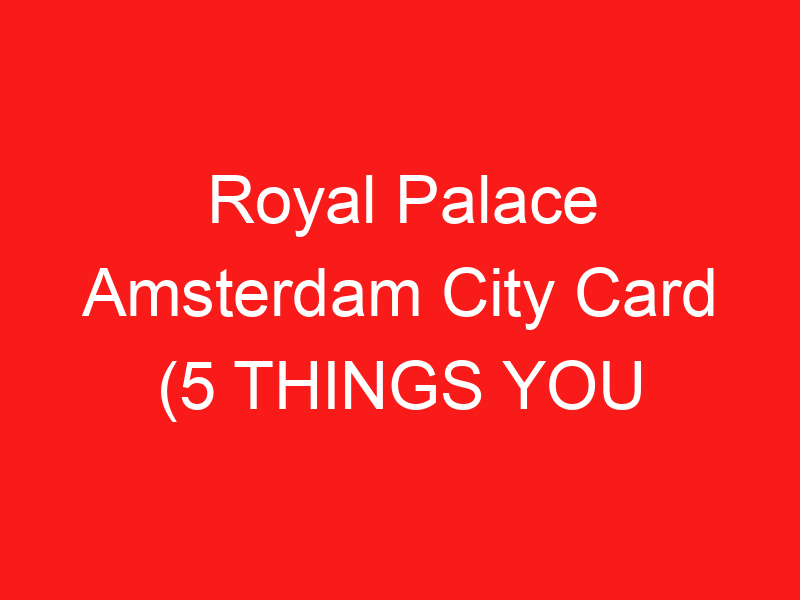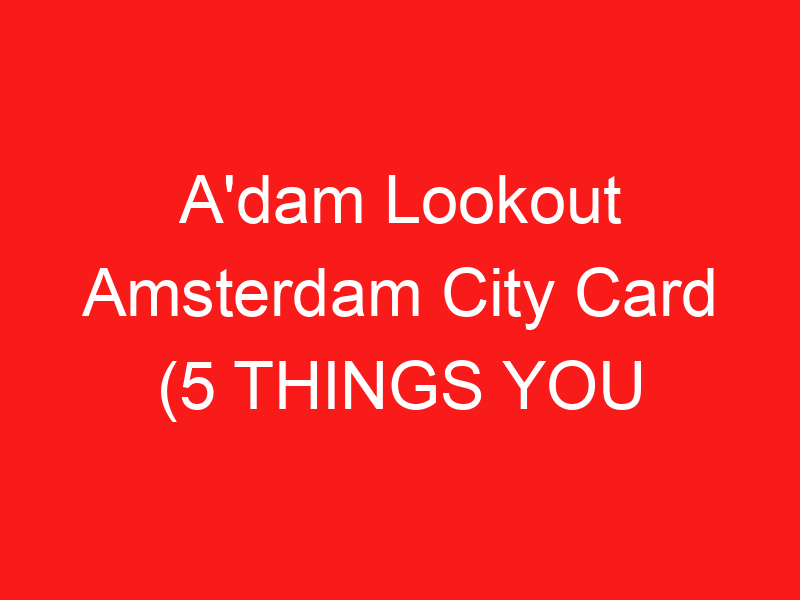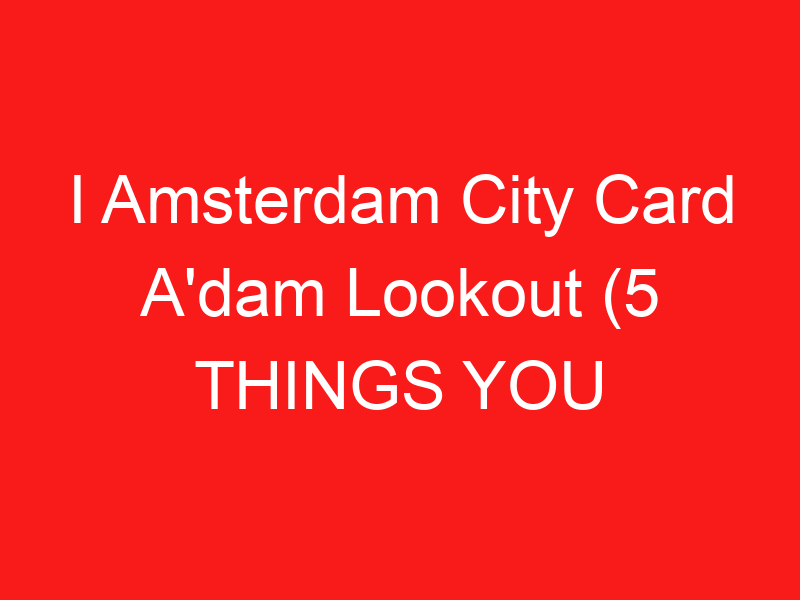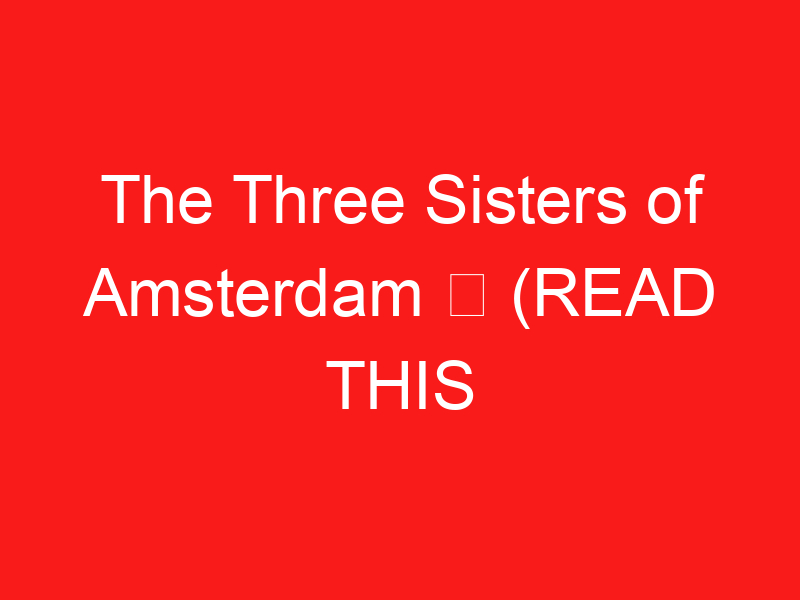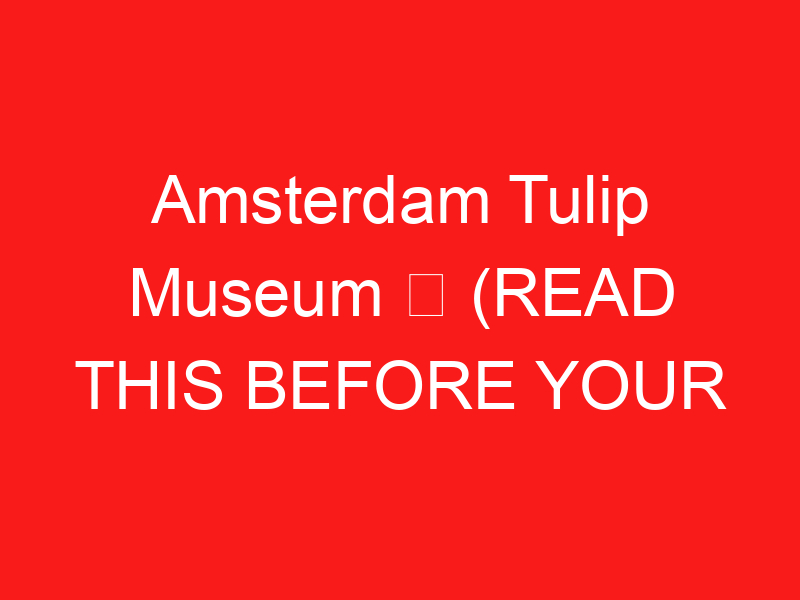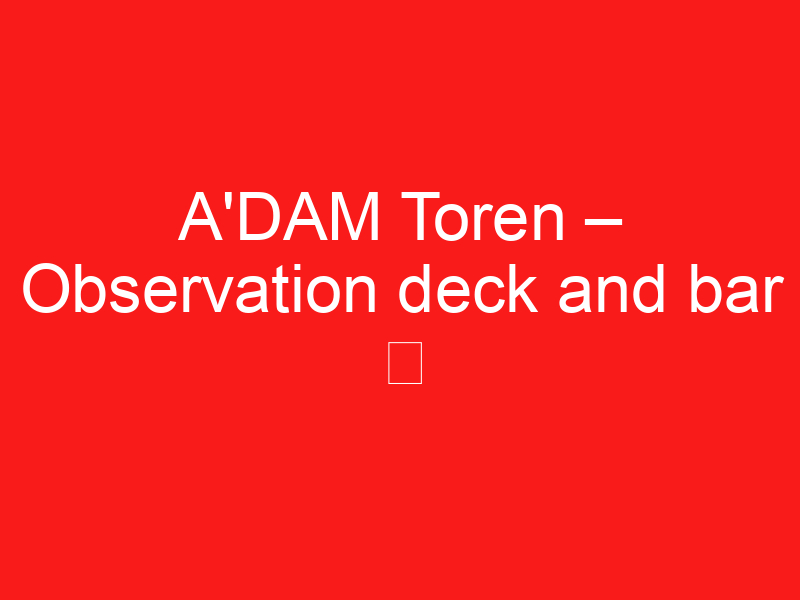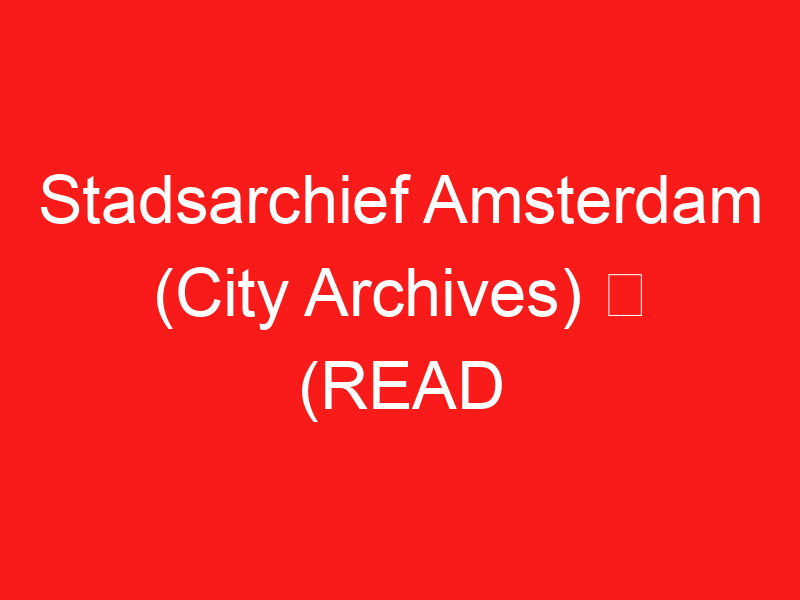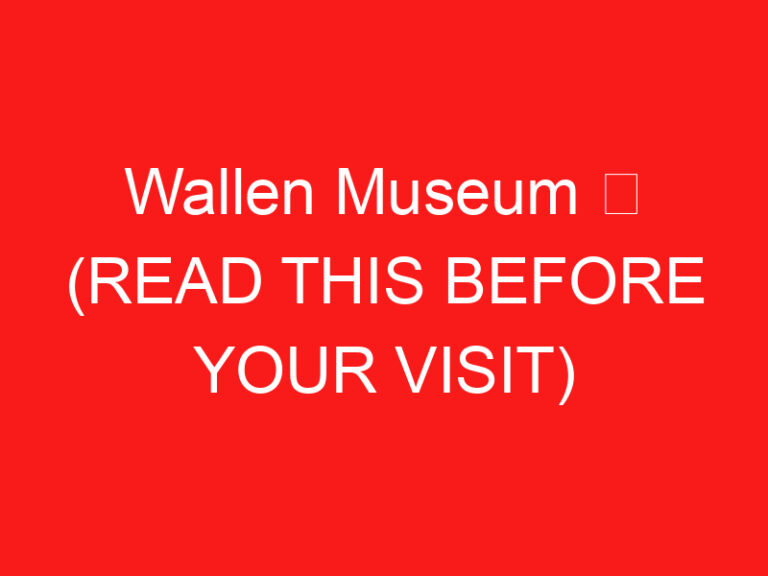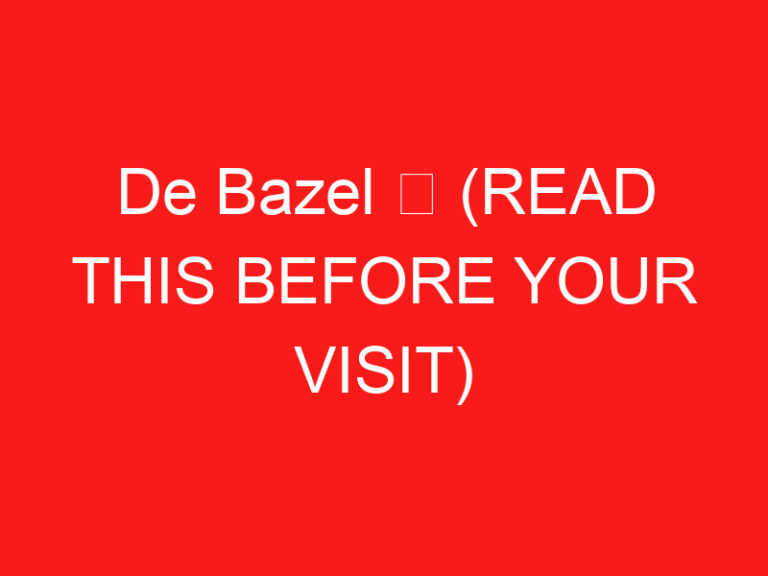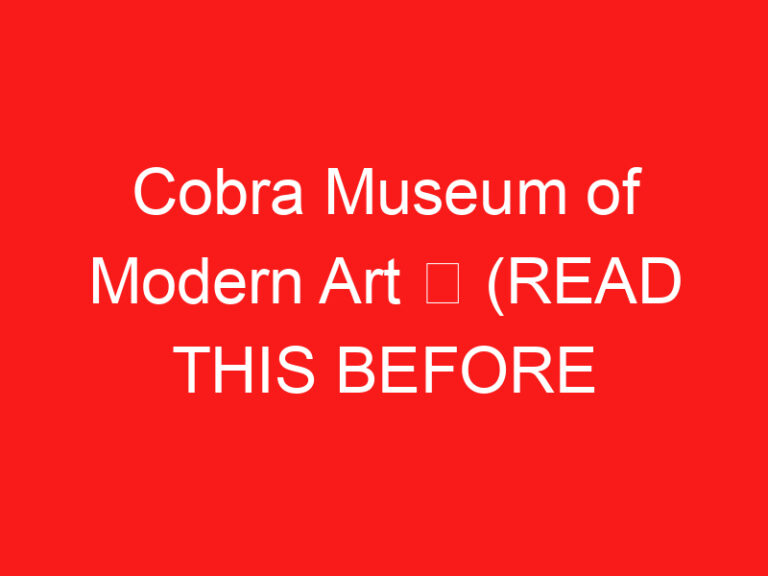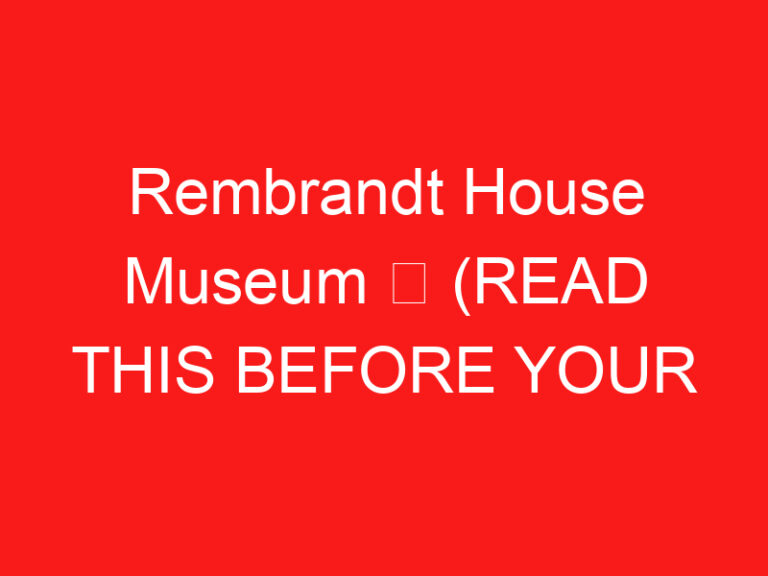Paleis op de Dam (Königlichen Palast) ➥ (LESEN SIE DIES VOR IHREM BESUCH)
Welcome to the enchanting world of the Paleis op de Dam, or the Royal Palace of Amsterdam, an architectural marvel steeped in history and grandeur. This iconic structure is not just a landmark; it’s a symbol of the rich cultural heritage of the Netherlands. Whether you’re a history enthusiast, an architecture lover, oder wenn Sie einfach ein neugieriger Reisender sind, the Royal Palace offers a unique glimpse into the past that you won’t want to miss.
In diesem umfassenden Leitfaden, Wir erkunden alles, was Sie vor Ihrem Besuch wissen müssen, from its fascinating history and architectural significance to practical tips for your trip. Prepare to be captivated by the stories and experiences that await you at this magnificent palace!
History of the Paleis op de Dam
Der Paleis op de Dam has a storied past that dates back to the 17th century. Originally built as a city hall, this grand edifice was designed by the renowned architect Jacob van Campen and completed in 1665. The building was constructed during the Dutch Golden Age, a period marked by immense wealth and cultural flourishing in the Netherlands.
Its transformation from a city hall to a royal palace occurred in 1808 when King Louis Napoleon, brother of Napoleon Bonaparte, declared it a royal residence. This change marked the beginning of its association with the Dutch monarchy, and it has since served as a venue for state functions and royal ceremonies.
The architecture of the palace is a stunning example of Dutch Classicism, characterized by its symmetrical design and the use of local materials. The façade is adorned with intricate sculptures and reliefs that depict various allegorical figures, representing concepts such as justice and peace.
Innerhalb, visitors can marvel at the opulent interiors, including the grand reception rooms, the impressive council chamber, and the stunning marble floors. Jedes Zimmer erzählt eine Geschichte, showcasing the wealth and power of the Dutch monarchy throughout the centuries.
Architectural Significance of the Royal Palace
The architectural significance of the Paleis op de Dam cannot be overstated. It is not only one of the most important buildings in Amsterdam but also a masterpiece of 17th-century architecture. The palace was built using Amsterdamsche granite, which gives it a unique and imposing appearance.
One of the most striking features of the palace is its grand staircase, which leads to the impressive main hall. This hall is adorned with stunning chandeliers and features a remarkable ceiling painted by artist Bartholomeus van der Helst.
Another noteworthy aspect of the palace is the use of light. The large windows allow natural light to flood the rooms, creating an airy and open atmosphere. The careful attention to detail in the design and decoration of each room reflects the artistic sensibilities of the time.
The Royal Palace is not only a symbol of the Dutch monarchy but also a testament to the artistic and architectural achievements of the Netherlands during the Golden Age. Its design has influenced many other buildings in the country and remains a source of inspiration for architects today.
Visiting the Paleis op de Dam: Was Sie erwartet
Beim Besuch der Paleis op de Dam, you can expect an experience that combines history, Kunst, und Kultur. The palace is open to the public, allowing visitors to explore its magnificent rooms and learn about its history through informative exhibits.
Beim Betreten, you will be greeted by the grand entrance hall, which sets the tone for the rest of your visit. Audio guides are available in multiple languages, providing detailed information about each room and its significance. The guided tours are particularly insightful, as they offer a deeper understanding of the palace’s history and its role in Dutch society.
As you wander through the various rooms, you will encounter stunning artworks, intricate furnishings, and beautifully preserved interiors. The council chamber, Zum Beispiel, is a highlight, showcasing the opulence of royal gatherings and state functions.
Don’t miss the opportunity to visit the palace’s impressive collection of art and artifacts, which includes portraits of the Dutch royal family and historical objects that tell the story of the monarchy.
Für alle, die sich für Fotografie interessieren, the palace offers plenty of opportunities to capture stunning images, both inside and outside. The surrounding Dam Square is also a vibrant area filled with street performers, Geschäfte, und Cafés, making it a perfect spot to relax after your visit.
Practical Tips for Your Visit
Planning your visit to the Paleis op de Dam can enhance your experience significantly. Here are some practical tips to consider:
- Opening Hours: The palace is open daily, aber die Öffnungszeiten können je nach Saison variieren. It’s advisable to check the official website for the most current information.
- Tickets: Purchasing tickets online in advance can save you time and ensure you don’t miss out, vor allem während der touristischen Hochsaison.
- Guided Tours: Consider joining a guided tour for a more in-depth experience. Knowledgeable guides can provide fascinating insights that you might miss on a self-guided visit.
- Accessibility: The palace is accessible to visitors with limited mobility, with ramps and elevators available.
- Fotografie: Fotografie ist in bestimmten Bereichen erlaubt, but be sure to check for any restrictions in specific rooms.
- Nearby Attractions: Take advantage of your visit by exploring nearby attractions such as the National Monument, the Nieuwe Kerk, and the bustling shops and cafes of Dam Square.
- Planen Sie Ihren Besuch: Aim to spend at least 1-2 hours exploring the palace to fully appreciate its beauty and history.
Frequently Asked Questions about the Paleis op de Dam
What is the best time to visit the Royal Palace?
The best time to visit the Paleis op de Dam is during the shoulder seasons of spring (April bis Juni) und fallen (September bis Oktober). These months typically have fewer crowds, was ein angenehmeres Erlebnis ermöglicht.
Is there a dress code for visiting the palace?
Es gibt zwar keine strenge Kleiderordnung, it is recommended to dress modestly and respectfully, as you are visiting a historic site. Comfortable shoes are advisable for walking around.
Are guided tours available in multiple languages?
Ja, guided tours are offered in several languages, einschließlich Englisch, Holländisch, Deutsch, und Französisch. Audio guides are also available in multiple languages for self-guided tours.
Can I take photos inside the palace?
Photography is allowed in certain areas of the palace, but flash photography and tripods are typically prohibited. Always check for specific signs indicating photography restrictions.
Is the Royal Palace suitable for children?
Ja, Die Paleis op de Dam is suitable for children. The palace offers educational activities and family-friendly guides to engage younger visitors.
What should I do if I have limited mobility?
The palace is accessible to visitors with limited mobility, with ramps and elevators available. It’s advisable to inform the staff upon arrival if you require assistance.
Are there any special events held at the palace?
Ja, the palace often hosts special events, Ausstellungen, and royal ceremonies. Check the official website for information on upcoming events and exhibitions.
Abschluss
Der Paleis op de Dam is more than just a historical building; it is a living testament to the rich heritage and culture of the Netherlands. From its fascinating history and stunning architecture to the immersive experience it offers visitors, the Royal Palace is a must-visit destination in Amsterdam.
Whether you are marveling at the intricate details of the interiors, listening to the stories of the past, or simply enjoying the vibrant atmosphere of Dam Square, your visit to the palace will undoubtedly be a memorable one. Also, as you plan your trip, keep this guide in mind to make the most of your experience at the Royal Palace of Amsterdam!

